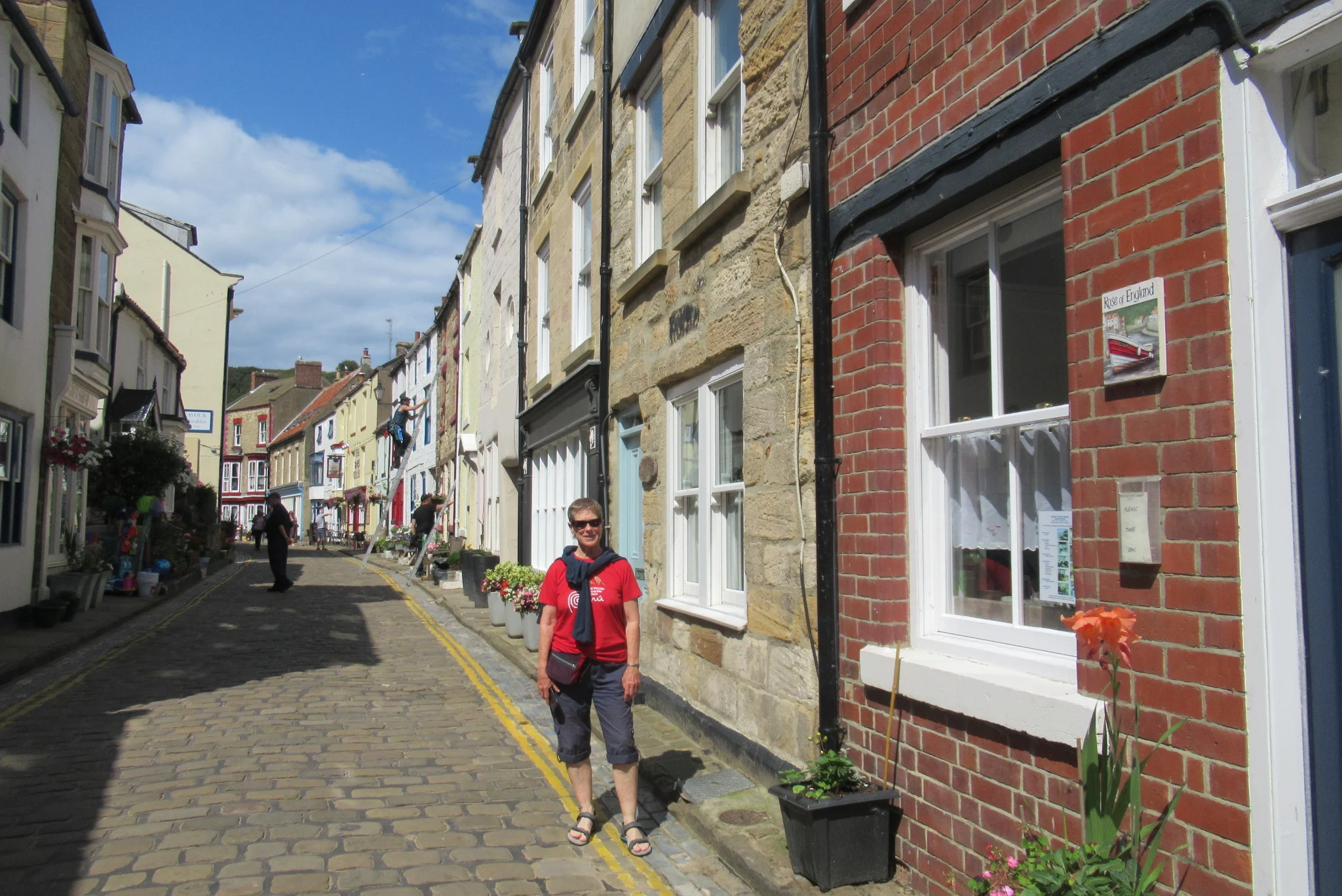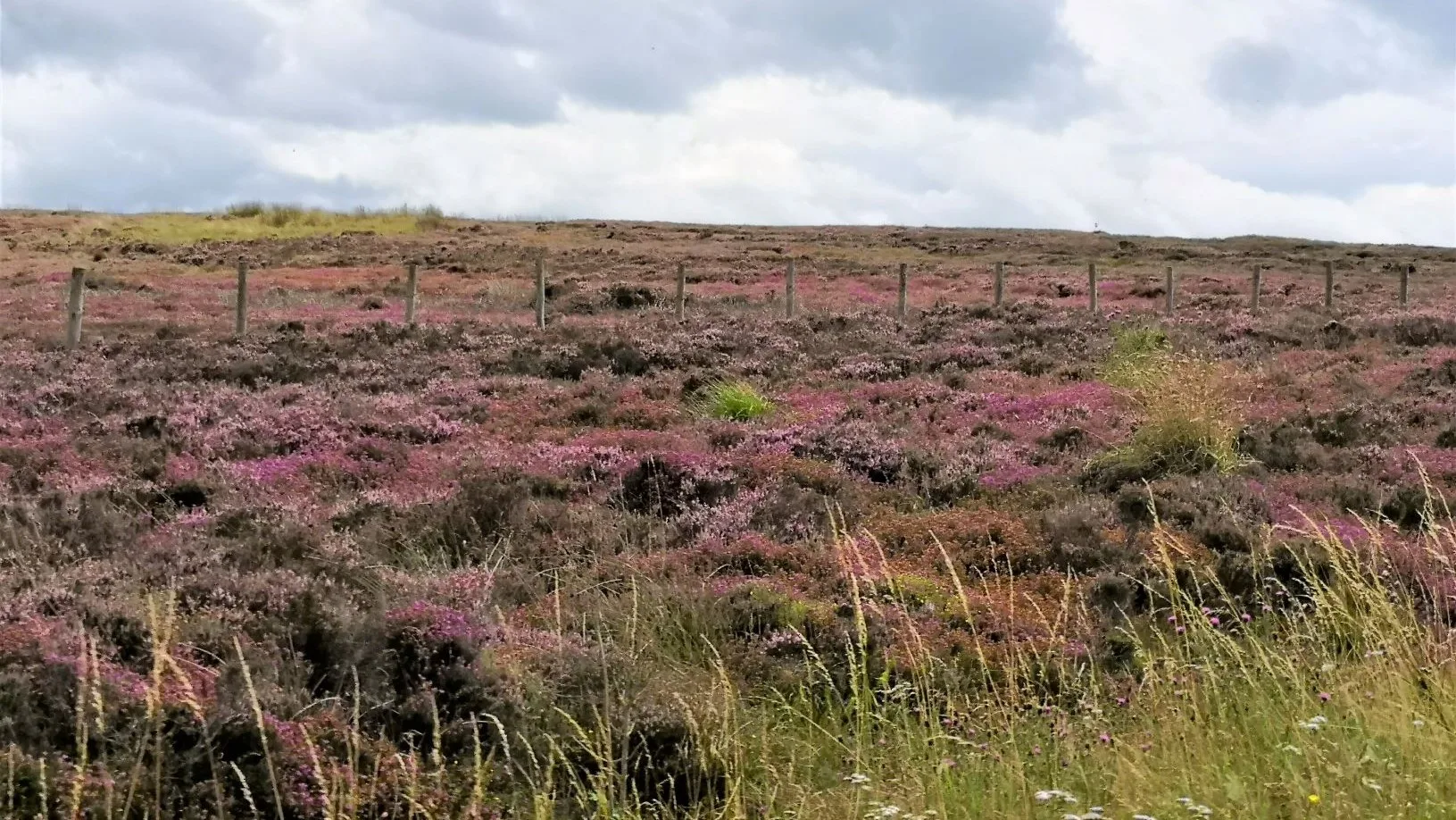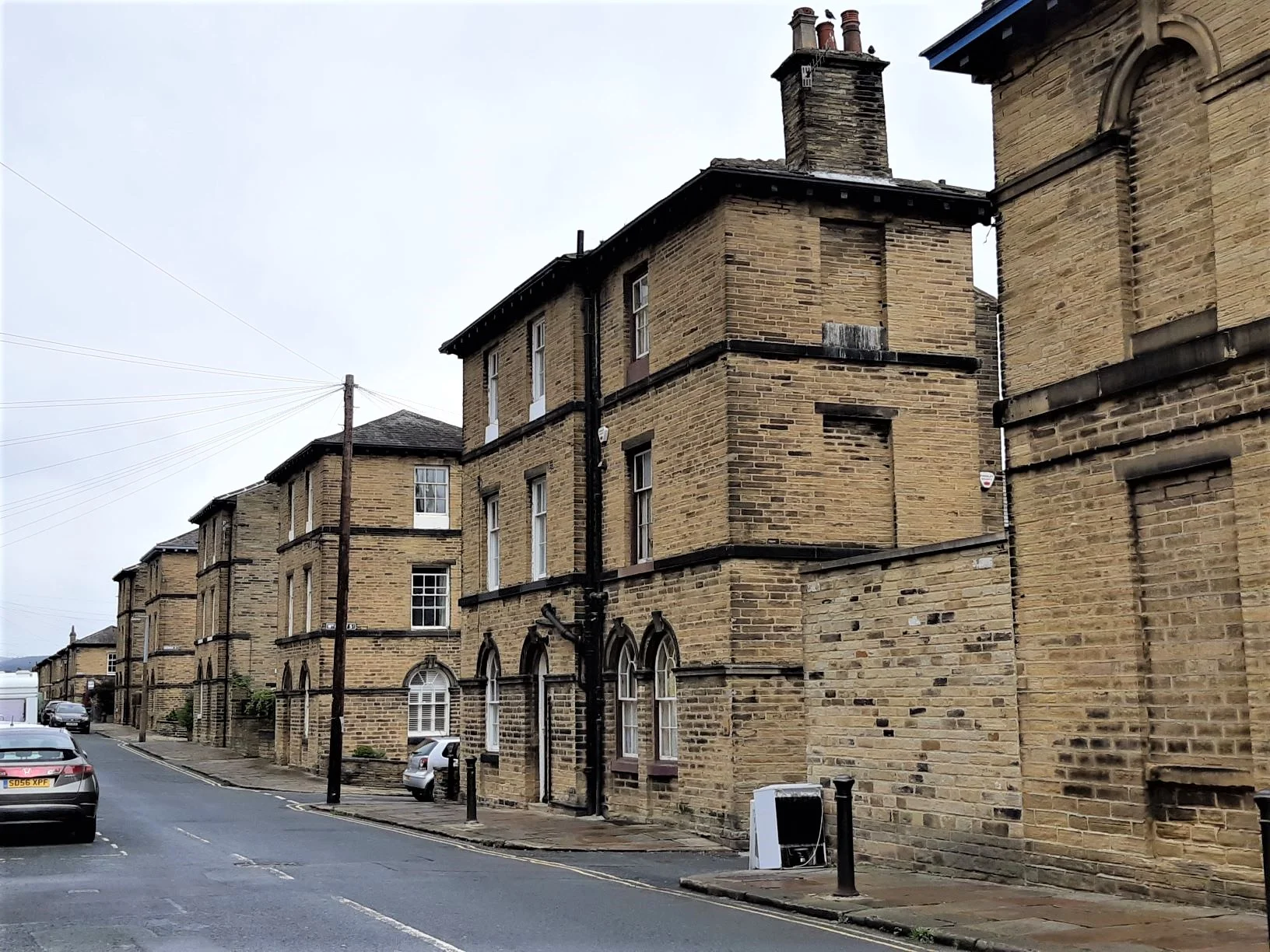After a wonderful stay in Scotland, we headed back into England, driving our motorhome Vtee south to Newcastle upon Tyne in England's north-east. Founded around 2,000 years ago as a Roman fort along Hadrian's Wall, Newcastle is now a vibrant port city with a population of around 250,000.
The city has some attractive modern buildings as well as historic ones. It also has several interesting bridges across the River Tyne.
It’s fairly compact and easy to get around, so after a quick visit, we moved on.
It had been a long day driving from the Scottish Lowlands to Newcastle, so instead of more sightseeing, we headed to the Durham Grange Caravan Club campsite and settled in for the night.
The next day we drove into nearby Sunderland City.
We were there to have a look around as Leigh’s grandparents on her Dad’s side, came from this area.
Although we didn’t find any links to her ancestry, it was lovely to have a look at where they came from – although Sunderland would have vastly changed since their time there in the 1920’s.
Like Newcastle, Sunderland is based around its port and it’s quite easy to find your way around.
After a couple of hours there, we drove back to Durham. But we were not intending to go straight to our campsite; we went instead to visit Durham City.
Durham is set on the side of a hill. After navigating a very narrow, hilly street we found Vtee a motorhome sized parking spot, and set off to explore the city on foot.
It's quite old, with narrow winding streets that are mainly pedestrian-only. Many of the shops are in well maintained historic buildings, so we found it an attractive place to walk around.
We also saw the 1,000 year old Durham Cathedral and nearby Durham Castle, which was built in Norman times as a fortress.
After a pleasant break in Durham we drove to a little fishing village called Staithes, in North York Moors National Park.
We parked at the top of a hill and walked down through narrow cobbled streets alongside a stream, to this pretty waterfront village.
Straithes was once the largest fishing port on the North East Coast of England. It still has some fishing boats, but its economy now is tourist-based. It is incredibly quaint with its wee cottages, and colourful shops and cafes.
Straithes most famous resident, Capt. James Cook, worked in Staithes as a grocer’s apprentice from 1745-1746. Apparently, he gained his passion for the sea here.
Our next stop was going to be the ancient seaside town of Whitby.
However, it was absolutely full of people and cars, and parking was non-existent. As we very slowly crawled through the traffic and bodies, we decided not to stop there.
Escaping Whitby, we drove across the North York Moors on a road that has many humps and dips. The moors showed us quite a different and interesting landscape, with very little habitation and lots of different coloured foliage.
The colour of the heather was particularly lovely.
Moving on, we drove through the attractive towns of Pickering and Helmsley, and on to Ripon to visit the Studley Park Royal Water Gardens, and Fountains Abbey.
The gardens are lovely and include a huge parkland area, a landscaped garden with a massive water feature, and a Victorian church.
But the star of this place for us, was the ruins of the Abbey. They are absolutely amazing.
Founded in 1132 by Benedictine monks, it is now the largest and best-preserved Cistercian monastery ruin in England.
We walked around a lot of it, and you could spend all day there as many people seemed to be doing, with their families and picnics.
Driving on later, we reached York and our camp there, York Rowntree Caravan Club Park. The camp is well located and only a 10-minute walk alongside the River Ouse, into the York city centre.
 |
| Marg on the ancient city wall of York |
York is a 2,000-year-old walled city founded by the Romans in 71 AD. The walls have 45 towers and 5 gatehouses that are amazingly well preserved. You can walk the walls and get great views of the city and its surrounds.
The streets are a maze of twisting, cobbled alleyways filled with crooked timber-framed buildings, traditional pubs and sandstone churches. It was a delightful place to explore.
A favourite sight was Clifford’s Tower which is the remnant of a 13th century castle built on what is now the edge of the city.
And we loved the ornate York Minster, which dominates one corner of the city. It is the largest Gothic cathedral in England
There is so much history here - it oozes from the pavements!
We wandered down a little street called The Shambles, a medieval street filled with old-fashioned shops, antique sellers etc. It certainly seemed a shambles, the way the buildings leaned into each other and over the road.
It is filled with so much character; but we thought the whole city was characterful and absolutely delightful.
 |
| The Shambles in York |
One night we went down to the main street near the campsite, which had a good range of cafes and bars, and relaxed over a yummy pizza and good red wine.
York was a great stopover, and a city we really liked and enjoyed.
After several days, we sadly said good bye to York and moved on. Our next stop was the Victorian model village of Saltaire, a UNESCO World Heritage Site.
Saltaire was built in 1851 by Sir Titus Salt, an industrialist in the Yorkshire woollen industry.
He built quality stone housing with wash-houses and running water for his woollen mill workers, and provided libraries, educational facilities, and social services for them. Saltaire is now considered an example of enlightened 19th century urban planning.
The mills closed in 1986 and today the facilities are used for a mixture of business, leisure and residential purposes. We thought it an interesting village to walk around, and believe that Salt was well ahead of his time.
The day's trip was proving long, so we drove a bit further south to Wisbech in the Fenlands, looking for a campsite for the night.
We found the Little Ranch Leisure Camp, which is a small site on the edge of some man-made ponds. Most of the other campers were there to fish on a catch-and-release basis, and many were fishing from the ponds when we arrived. It was very interesting to watch the catch-and-release process.
The next day we drove on through Ely village and more quaint small towns, before reaching Cambridge, the well-known university town. But parking was non-existent, so we had to be content with a drive-through, checking out the grand and ornate buildings on the fly.
After that we drove on, through the outskirts of London and under the Thames River via the Blackwall Tunnel. Our destination was Dover.
As we drew closer to Dover, we got a great view of the famous chalky White Cliffs.
We could see the port where the ferries depart to cross the Channel, and in the not too far distance, we could see the coast of France.
Then we drove up into the Dover hills to Dover Castle. This impressive medieval castle is the largest in England.
Unfortunately, the skies opened while we were there, and we got soaked. Then the rain really set in, so we gave up and headed to our next stop for the night, the Canterbury Camping and Caravanning Club.
The next morning, the weather was fine so we took the 10-minute walk into the Canterbury city centre.
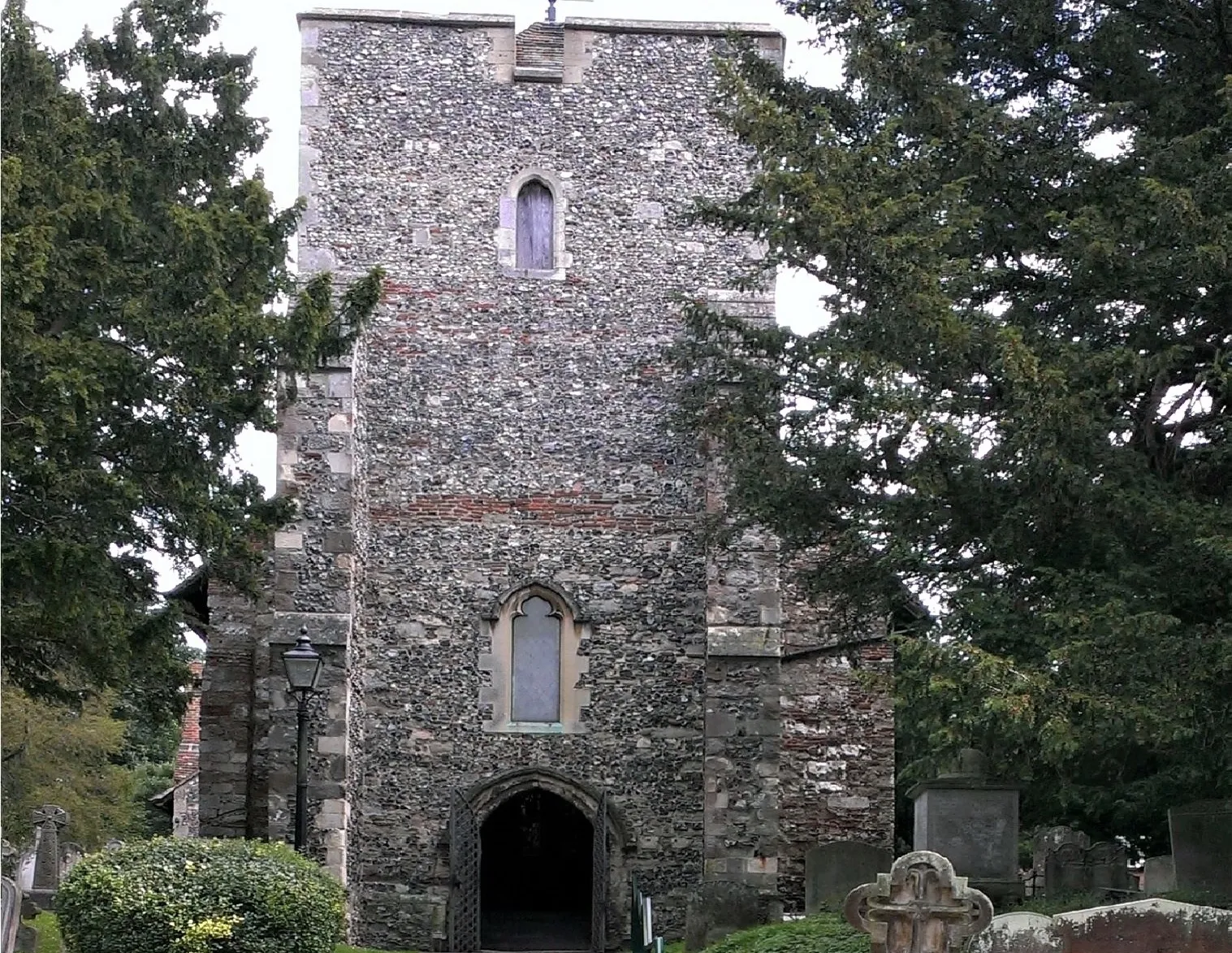 |
| St Martin's Church (UNESCO), Canterbury |
On our way there, we saw the ancient St Martin’s Church, which is a UNESCO World Heritage site. It is the first church founded in England, the oldest church in the English-speaking world, and the oldest parish church in continuous use.
It is lovely - a modest old church with a long history that started out as simple Roman brick structure.
Further up the road we came across another UNESCO site - the ruins of St Augustine’s Abbey. It had been one of the most significant religious sites in medieval England.
Then we went around the corner and found the impressive Kings School building which had originally been part of the Abbey.
As it was school holidays, the security man let us in through the gates to view the buildings – everything is built of beautiful stone and is so ancient.
There are so many historic buildings in Canterbury - so much to see!
Reaching the old city proper we found impressive intact portions of the original fortified city wall and gates.
 |
| Canterbury City's West Gate |
Inside the city wall we found the Canterbury Cathedral, another UNESCO site. What a huge and ornate structure it is.
Unfortunately for us, it was undergoing renovation and the scaffolding made it impossible to see any building detail. However, we did manage to see the rather beautiful entry gate, where the renovation had been completed.
Outside the Cathedral, the old city streets are largely cobbled, pedestrian-only, narrow, winding, and intriguing.
In one cobbled street, we stopped for lunch at a very old pub that was alongside a waterway where you could get a ride on a punt. It turns out the pub was originally several cottages used by weavers, and they date back to the 1500's.
 |
| Old Weavers' House - now a lovely Canterbury pub |
After lunch we continued to wander and explore the network of little streets and alleyways. We saw many attractive old buildings with most in good condition, and used as shops or accommodation. We enjoyed our walk around Canterbury and thought it was a very attractive city.
A day later we drove north-west, stopping in High Wycombe to drop some things off at Marg’s cousin Di’s house, before continuing north to Grove Lock Marina, our next campsite.
We spent the rest of the day, packing up all our stuff and cleaning Vtee ready to be returned to JustGo Motorhome Hire the next day. This was the end of our tour in our hired campervan. It has been fabulous!
Return completed satisfactorily the next day, we caught the train into London to our hotel near St Pancras. We were in London for two days, and were going to try and see things we had missed on our previous visit.
 |
| Buckingham Palace and crowd for changing of the guard |
So the next morning, we caught the tube to Green Park, then walked to Buckingham Palace to watch the changing of the guard - what a huge crowd it was there!
We managed to get a reasonable view of the proceedings, then had to squeeze through the huge crowd in order to move on. There were a lot of police about keeping an eye on things. Apparently they were watching for pickpockets.
Leaving there, we followed the Birdcage Walk to the Houses of Parliament area and Westminster Abbey. There was an absolutely huge queue to get into the Abbey and a 2 hr wait, so we took photos of the outside then moved on.
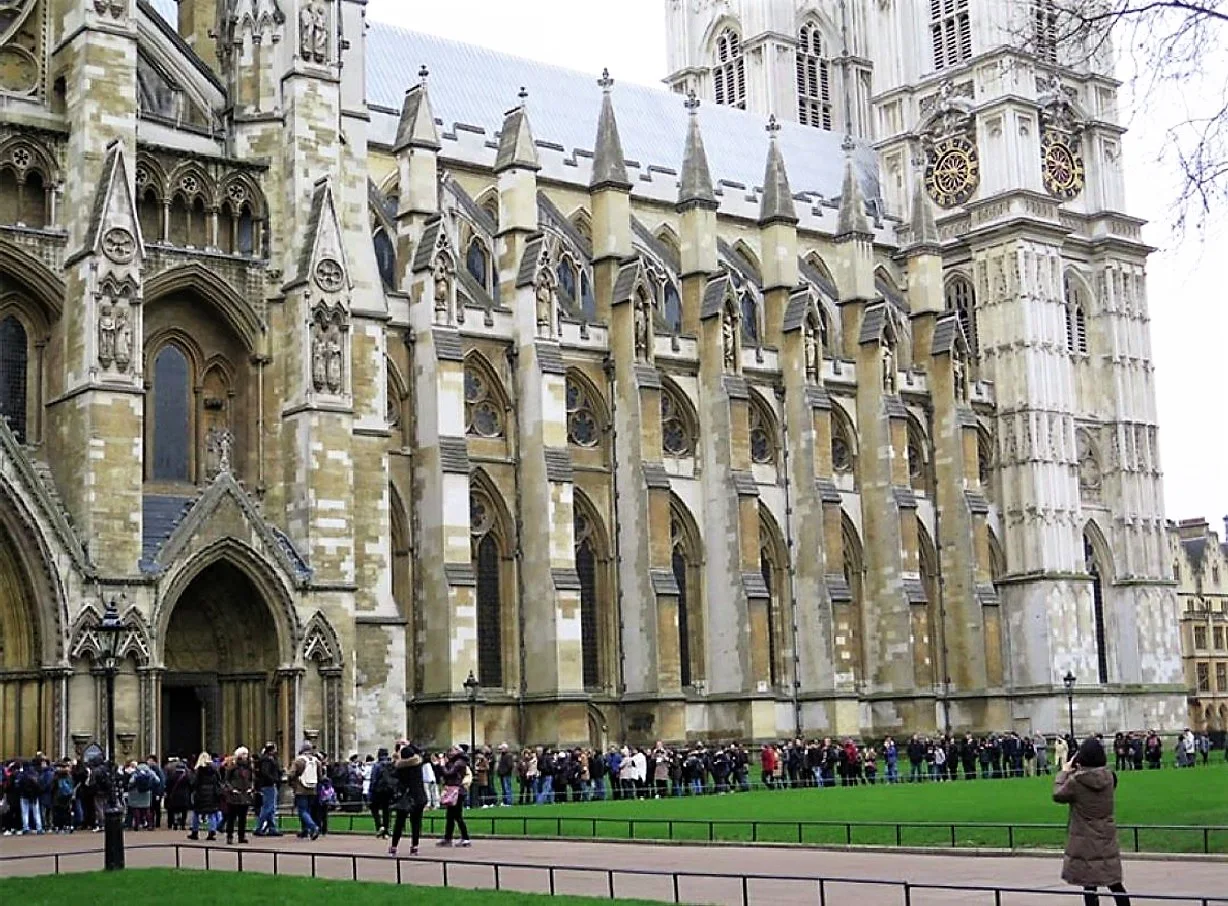 |
| Westminster Abbey (UNESCO), London |
Next, we visited the River Thames, the Houses of Parliament, and the Palace of Westminster, then walked through the Whitehall area, and Horse Guards.
We found a nice place for lunch on the Embankment overlooking the Thames, then caught a train to Tower Hill. We went there to see the mighty Tower of London and the beautiful Tower Bridge, both with an amazing history.
And again - lots and lots of crowds and big queues.
Leaving the Tower Bridge, we walked up the Strand admiring the range of grand buildings there, before grabbing the tube train back to Kings Cross and our hotel.
After two days, we felt we had seen all the things in London city that we wanted to, despite the dubious weather.
That night as we prepared to leave the UK, we agreed it has been a really fabulous trip and we've experienced such a lot; we've been to places that our families grew up in, learned more about the history, seen some beautiful scenery, and had a great time. But now it's time to move on.
Our next stop is Belgium.
This is part of a bigger blog on our travels around England, Wales, Ireland, Scotland, Belgium and Luxembourg. The first blog is called "Off to do the UK in a motorhome".




